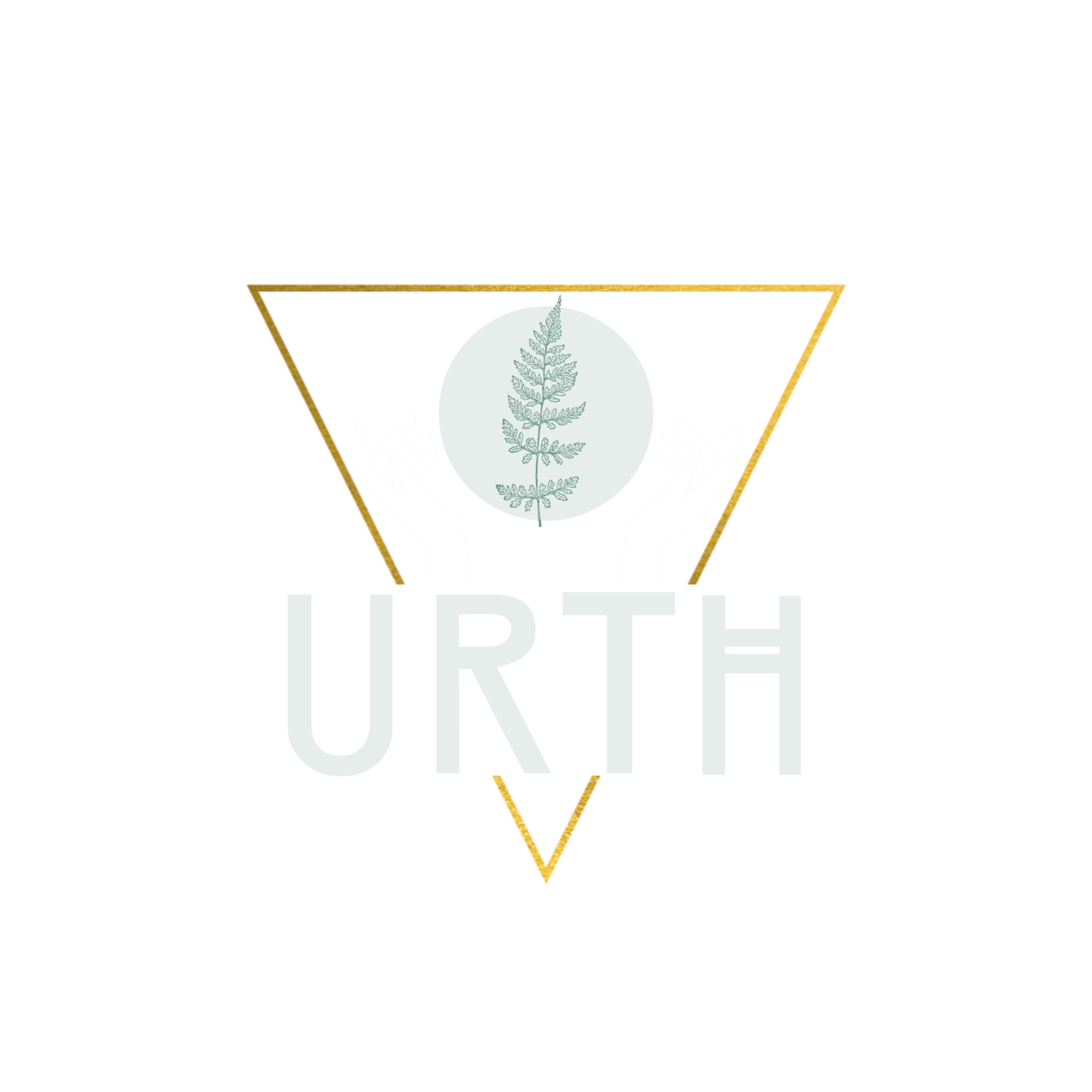From Tissues to Toxins: Gua Sha & Lymphatic Drainage Explained
Understanding the Differences Between Gua Sha and Manual Lymphatic Drainage
In the world of skincare and holistic wellness, both Gua Sha and Manual Lymphatic Drainage (MLD) are highly sought after for their gentle, yet effective whole body healing benefits.
However, while they share some similarities, they function quite differently and offer unique advantages. Let's explore these differences, and highlight how the intention of each technique can contribute to your overall well-being.
Gua Sha: A Tissue Healing Modality
Gua Sha is an ancient Traditional Chinese Medicine (TCM) technique that involves “scraping” the skin with a smooth-edged stone to promote circulation and healing. When performed correctly, Gua Sha brings blood flow and nutrients to the tissues, significantly affecting the interstitial fluid—the fluid between cells. This practice helps to rejuvenate and nourish the cells, creating a healthy environment for our skin to receive the products we use.
The process of Gua Sha stimulates microcirculation, which can lead to improved skin elasticity, reduced fine lines, and a healthy glow. Additionally, Gua Sha helps to remove blockages and restrictions in the tissue, promoting the smooth flow of energy and nutrients. By increasing blood flow to the targeted areas, it supports the delivery of oxygen and essential nutrients, fostering a healing environment for the tissues.
Manual Lymphatic Drainage: Cleansing and Balancing
On the other hand, Manual Lymphatic Drainage is a gentle, rhythmic massage technique designed to stimulate the lymphatic system. Unlike Gua Sha, which focuses on bringing nutrients to the tissues, lymphatic drainage uses pre-lymph collectors to move fluid out of the tissues. This fluid, once collected, becomes lymph, which helps balance fluid levels throughout the body.
Manual Lymphatic Drainage is particularly effective at removing cellular waste, pathogens and viruses, excess hormones, proteins and fats from the tissues. By facilitating the cleansing of tissues and inner waterways, lymphatic drainage supports the body’s natural detoxification processes and enhances immune function. It is often used to reduce puffiness and inflammation, improve drainage pathways, and promote overall body wellness.
Complementary Practices for Holistic Wellness
While Gua Sha and Manual Lymphatic Drainage have different intentions, they are not mutually exclusive. In fact, incorporating both of these techniques into your wellness or home-care routine can provide comprehensive benefits. Gua Sha’s ability to revitalize and nourish the tissues complements lymphatic drainage’s cleansing and balancing effects, creating a harmonious balance of ecosystems throughout our body.
Whether you’re looking to ease built up tension and pain or enhance the natural contours of your face, both Gua Sha and lymphatic drainage help to naturally and effortlessly sculpt, lift, and tone the skin while enhancing your natural glow.
By highlighting these differences, you can appreciate how each technique contributes uniquely to your health and beauty rituals, while better understanding the significane of intention + modality = results.
Book a 1:1 Home Ritual session to best understand how to incorporate these into your routine, or check out additional Gua Sha Facial and Lymphatic Drainage offerings here.
